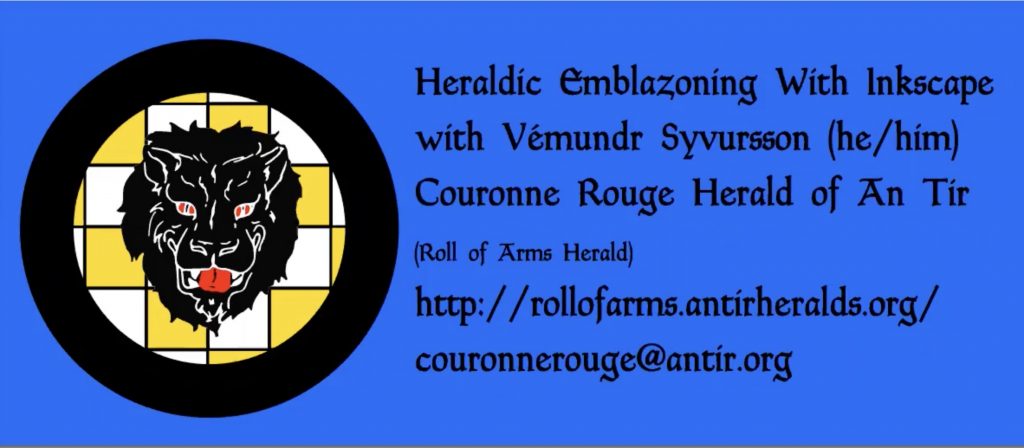DrawShield is a web service that allows rapid generation of armorial images by either entering a blazon or choosing elements in a point-and-click interface.
It’s an automated system, so the results often aren’t as polished as you can produce by assembling elements yourself, or as unique as the custom work of a talented heraldic artist, but it’s fast and easy, and doesn’t require any tools other than a web browser, so it’s a great option for casual users to try out different possibilities and quickly mock up options for discussion.
Hundreds of charges from the Book of Traceable Heraldic Art have been converted to DrawShield elements, so users of the Traceable collection may recognize some images they encounter there, and DrawShield users can find additional variations of charges here if they wish to further embellish a design they started in that system.

